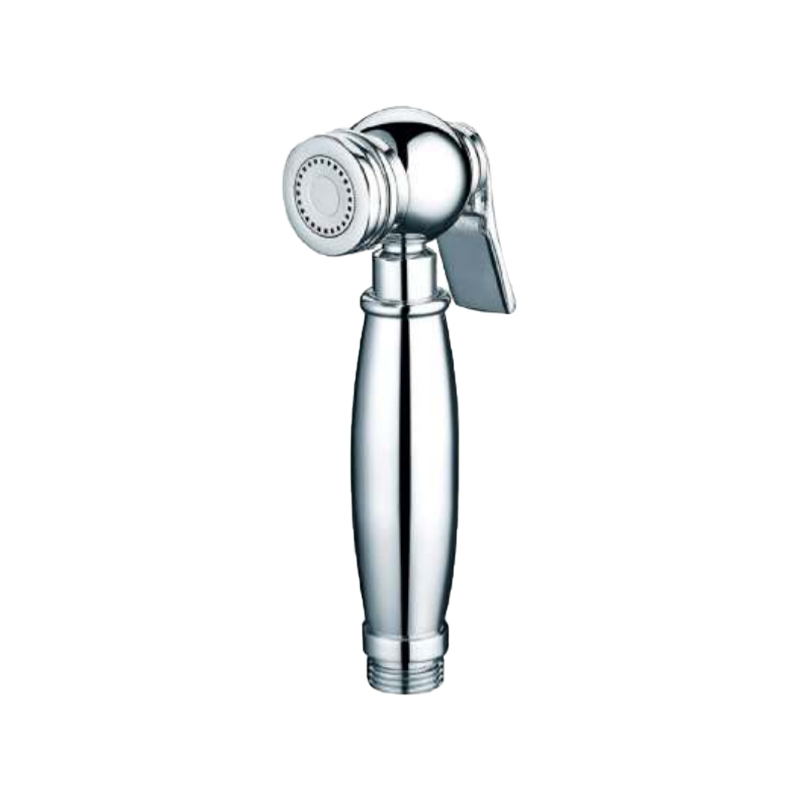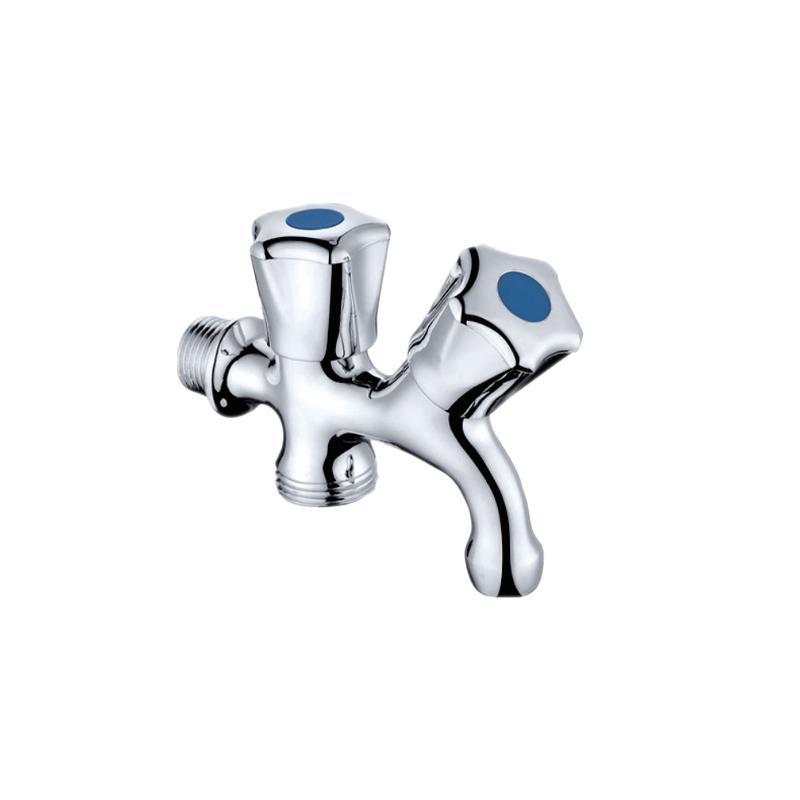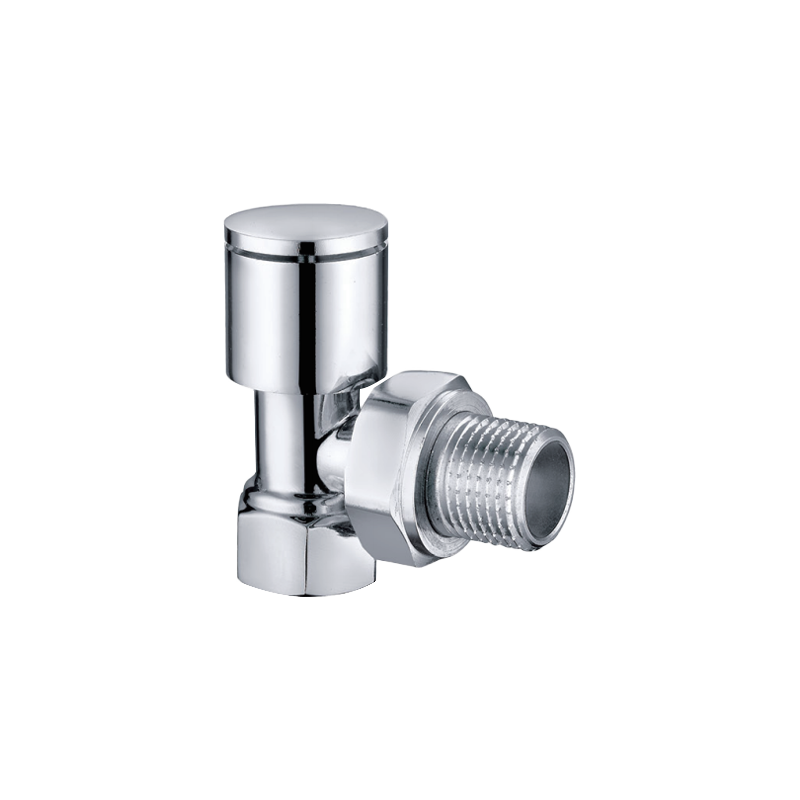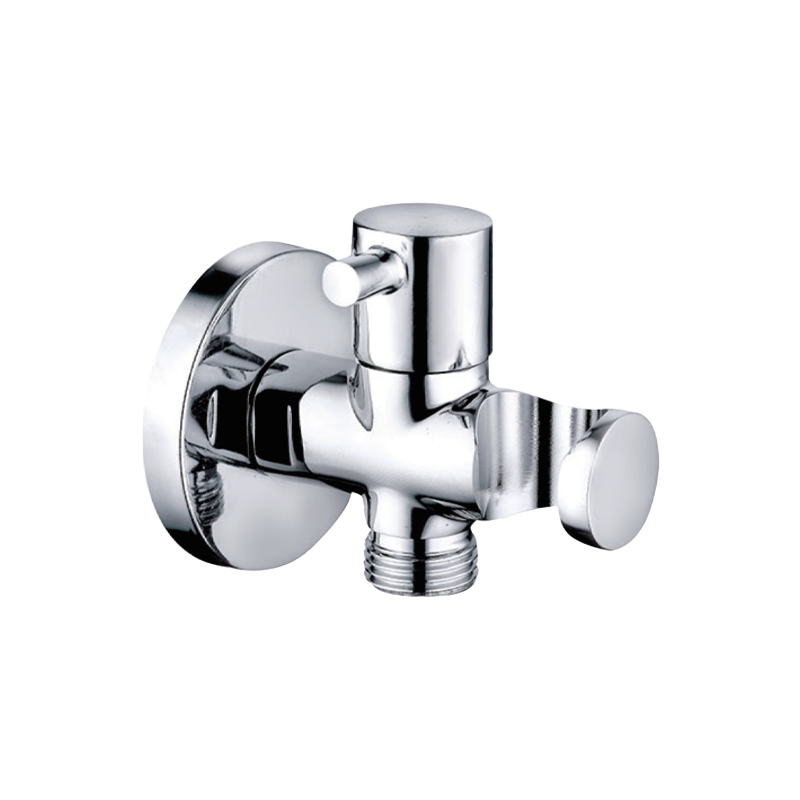Brass angle valves, though often unnoticed, play a crucial role in our daily lives by controlling the flow of water in our homes and workplaces. These unassuming yet essential components regulate the water supply to faucets, toilets, and other plumbing fixtures. However, like any manufactured product, brass angle valves are susceptible to defects that can arise during the production process.
1. Casting Imperfections:
The process of creating brass angle valves typically involves casting, where molten brass is poured into molds to create the valve body. Casting defects, such as porosity, shrinkage, or inclusions, can weaken the structure of the valve body and compromise its integrity.
Solution: Implement stringent quality control measures during the casting process. Regular inspection, proper mold preparation, and use of high-quality casting materials can help minimize casting defects.
2. Thread and Connection Issues:
Brass angle valves have threaded connections that allow them to be securely attached to pipes or hoses. Defects in the threading process, such as misalignment or incomplete threads, can lead to leakage and improper installation.
Solution: Use precision machining techniques to ensure accurate threading. Regularly calibrate and maintain machining equipment to avoid threading defects.
3. Corrosion and Oxidation:
Brass angle valves are often exposed to water and humid environments, making them susceptible to corrosion and oxidation. Over time, these issues can lead to leaks and reduced functionality.
Solution: Choose high-quality brass alloys that are resistant to corrosion and oxidation. Implement protective coatings or plating techniques to further enhance the valves' durability.
4. Leaking Seals and Gaskets:
Brass angle valves use seals and gaskets to prevent water leakage. Defects in the seals or gaskets, such as improper installation or poor quality materials, can result in leaks.
Solution: Use high-quality sealing materials and ensure proper installation of seals and gaskets. Regularly inspect valves for signs of leaks and replace worn seals promptly.
5. Improper Valve Operation:
Defects in the valve's internal mechanism can result in improper valve operation, leading to difficulties in turning the handle and controlling the water flow.
Solution: Implement strict quality control measures during the assembly of internal components. Regular testing and inspection can help identify and address improper valve operation.
6. Surface Finish Defects:
The appearance and finish of brass angle valves are important both for aesthetics and functionality. Surface defects, such as scratches, dents, or rough spots, can impact the valve's performance and overall look.
Solution: Implement proper polishing and finishing techniques to achieve a smooth and uniform surface. Quality control inspections can help identify and rectify surface finish defects.
7. Dimensional Inaccuracies:
Brass angle valves must adhere to specific dimensions to ensure compatibility with plumbing systems. Dimensional inaccuracies, such as improper sizing or misaligned components, can result in improper fit and installation difficulties.
Solution: Implement precision machining and measurement techniques to ensure accurate dimensions. Regular calibration of manufacturing equipment can help maintain consistent sizing.
8. Valve Handle Weakness:
The valve handle is an important component that controls the water flow. If the handle is weak or prone to breakage, it can hinder the valve's operation.
Solution: Use durable and high-quality materials for valve handles. Implement design enhancements to reinforce the handle's strength and durability.

 English
English 中文简体
中文简体


.png)




